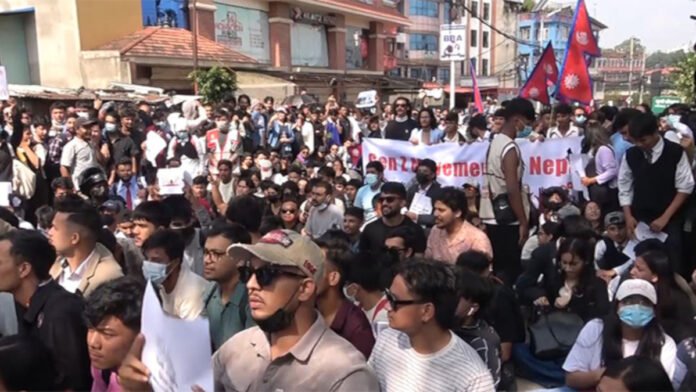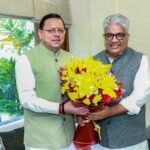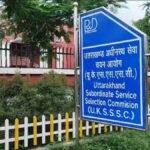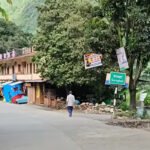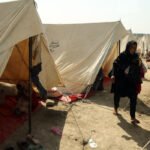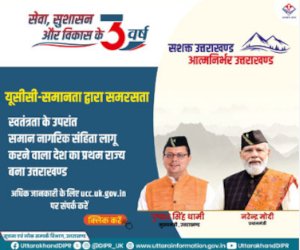Kathmandu was gripped by violent protests on Monday as Nepal’s decision to block access to major social media platforms spiralled into a full-blown political crisis. Security forces clashed with tens of thousands of demonstrators in the heart of the capital, leaving at least eight persons dead and prompting the government to deploy the army.
The unrest broke out after authorities ordered internet service providers to restrict access to 26 popular platforms, including Facebook, YouTube and X, citing the companies’ failure to register locally and appoint official representatives as required under new regulations. The Ministry of Communication insisted that the move was about accountability, not censorship, but for young Nepalis who rely on these platforms for work, information and connection, the ban felt like an attack on their freedom.
By afternoon, crowds had gathered near the Parliament building in New Baneshwar, tearing down barricades and forcing riot police to retreat. Officers responded with tear gas and water cannons as the protesters, mostly students and young professionals, chanted slogans against the government’s “digital blackout.” The clashes escalated rapidly, and by evening, the administration imposed curfews around Parliament and the presidential residence while soldiers were stationed at sensitive sites to back up police.
This marks Nepal’s most serious public backlash since 2023, when authorities briefly banned TikTok over “indecent content” before reversing course under pressure. The scale of Monday’s mobilisation highlighted how central social media has become in the country’s daily life and economy. Small businesses that depend on Facebook Marketplace or Instagram sales, young content creators, and even civil society organisers say the blackout is crippling their ability to function.
Confusion over the human toll lingered late into the night. Local outlets reported dozens of injuries from stone-pelting and tear gas, while hospitals confirmed treating several protesters for serious wounds. One fatality was officially acknowledged, though eyewitnesses suggested the toll is eight.
Rights groups have condemned the ban as heavy-handed and warned that it undermines both free speech and investor confidence in Nepal’s digital economy. Protest organisers vowed to continue demonstrations, arguing that the government is using the pretext of regulation to tighten political control.
The government, however, remains firm. Officials maintain that the restrictions will only be lifted once companies comply with the law by registering in Nepal and appointing in-country representatives. Lawmakers are set to debate a bill in Parliament this week that would formalise penalties for non-compliant firms, potentially deepening the standoff.
For now, Nepal’s digital landscape remains largely dark, its streets tense, and its politics unsettled. Whether the government and social media giants can find common ground—or whether protests harden into a broader anti-government movement—will determine the next chapter of this escalating crisis.


